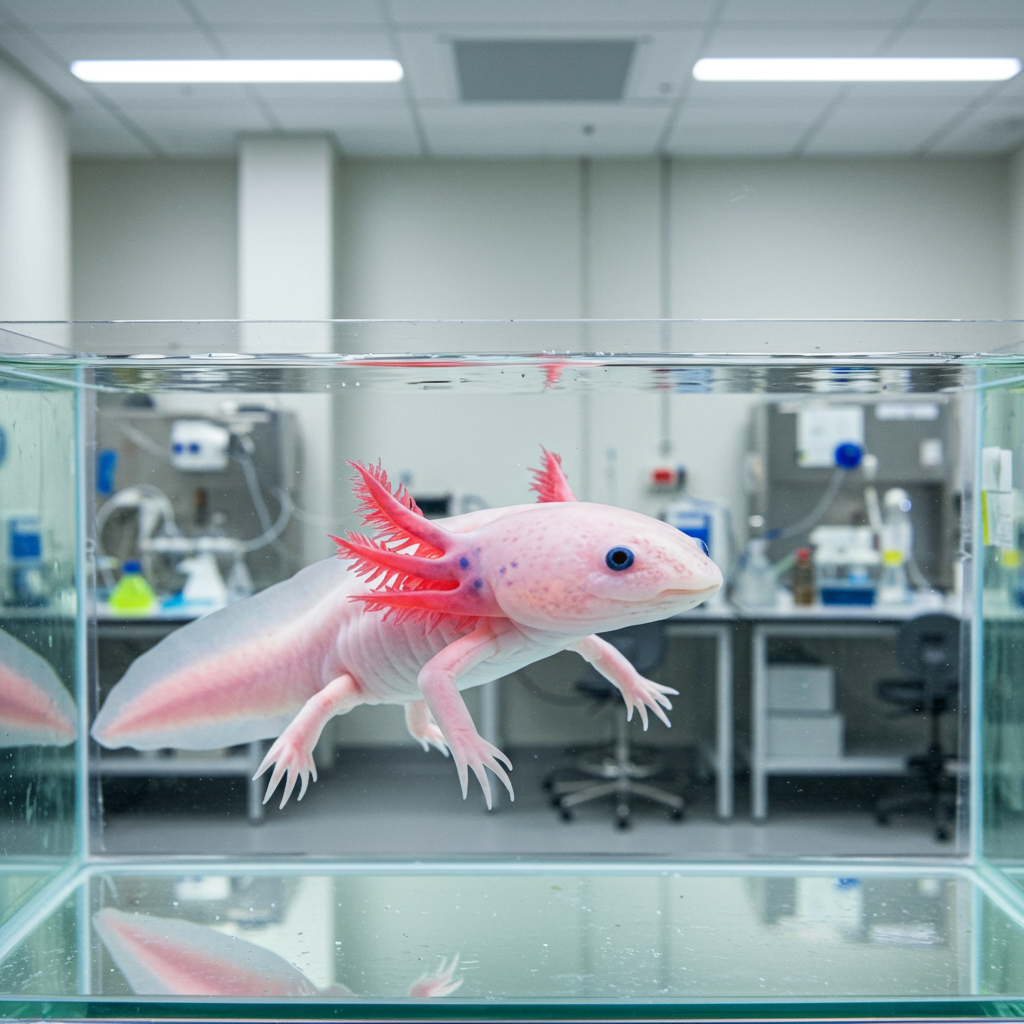Creating offspring from two parents of the same sex is a biological impossibility for most mammals, including humans and mice. This barrier exists primarily because of a crucial process called imprinting, where certain genes are chemically modified to regulate their activity based on whether they come from a mother or a father. These modifications, primarily through DNA methylation, create a delicate balance essential for healthy embryonic development. Paternal imprinting often promotes growth, while maternal imprinting tends to restrict it. Without a contribution from both sexes, key genes necessary for proper development are either overactive or completely silenced, leading to early embryo failure.
For decades, scientists have sought to understand and potentially overcome this imprinting barrier. Early experiments showed that even specific chromosome deletions could allow some development from same-sex parents, albeit with significant challenges. More recently, sophisticated gene editing techniques have offered new possibilities.
Different Approaches to Two-Father Mice
Earlier this year, a separate research team in China made headlines by successfully producing viable mice from two male parents using a complex method involving haploid embryonic stem cells and CRISPR gene editing. This work focused on identifying and knocking out or deleting specific sequences within 20 critical imprinting control regions. While technically impressive, the resulting mice had significant health issues, including enlarged organs, shorter lifespans, and infertility, highlighting the complexity of fully compensating for the lack of a maternal genome. Achieving viability even with these defects required intricate genetic manipulation and resulted in low success rates.
Now, a new study takes a different approach, demonstrating another way to overcome the imprinting challenge: targeted methylation reprogramming. Instead of deleting genes, these researchers focused on directly altering the methylation patterns on one set of male chromosomes to mimic the patterns typically found on female chromosomes.
Rewriting the Genetic Signature
The researchers began by taking an egg cell and removing its nucleus (DNA). They then injected the heads of two sperm cells from genetically distinct strains of mice. This provided the necessary genetic material from two males within an environment capable of supporting early development.
To make this combination viable, they needed to address the imprinting. Using modified DNA editing tools, similar to the well-known CRISPR/CAS system, they directed enzymes to specific imprinting regions on the DNA from one of the sperm. These enzymes could either add methyl groups (to mimic female silencing patterns) or remove them (to activate genes that would normally be active from a mother). The goal was to transform the imprinting signature of one male genome to functionally resemble a female one.
Low Efficiency, High Significance
After performing this targeted reprogramming, the modified embryos were implanted into surrogate mothers. While the enzymes successfully altered methylation in the targeted areas, the process wasn’t always perfect across all the key imprinting sites.
This limited efficiency was reflected in the outcomes. Out of over 250 reprogrammed embryos, only a small fraction resulted in live births. Most embryos failed to develop properly and died during pregnancy. Of the few pups born alive, some still exhibited developmental problems, such as growth dysregulation, and died shortly after birth, similar to issues seen in previous attempts using different methods.
Despite the very low success rate in producing healthy, viable adult mice, the researchers emphasize the profound scientific significance of this work. The ability to produce any live offspring using this method strongly validates our fundamental understanding of:
The critical role of imprinting in proper mammalian embryonic development.
The importance of DNA methylation as the chemical mechanism underlying these imprinting marks.
Essentially, if our understanding of imprinting and methylation were incorrect, this approach wouldn’t just be inefficient; it would yield zero viable embryos.
While targeted methylation editing for same-sex reproduction is far from a practical tool, especially for human application given the immense ethical considerations and technical hurdles (including the health defects seen in mice produced so far), this research provides powerful insights into the intricate biological mechanisms that govern inheritance and development. It pushes the boundaries of what’s possible with DNA editing and deepens our knowledge of crucial processes like imprinting that are also linked to human health disorders.




